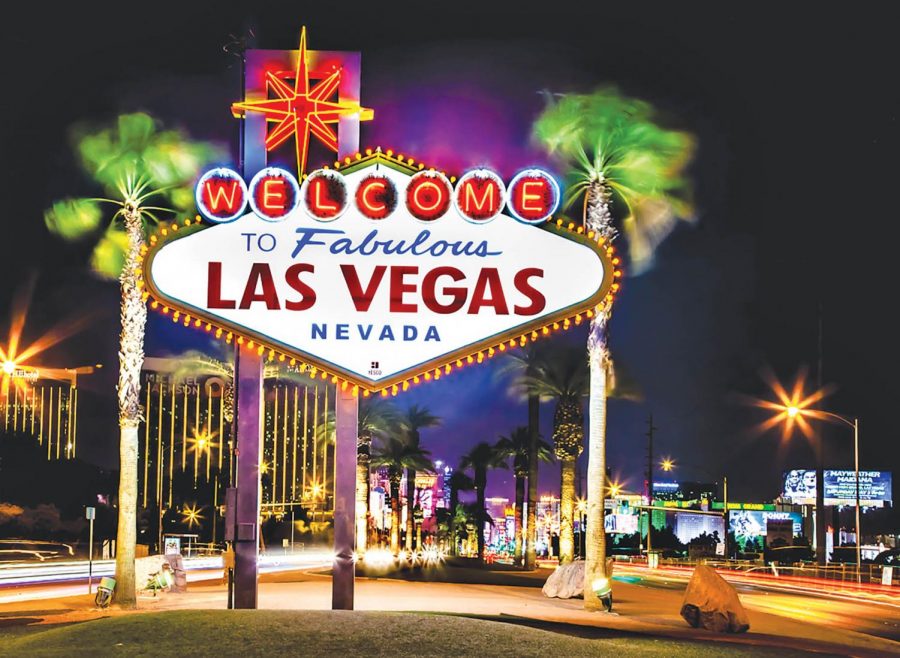Climate change results in Vegas snowfall
Las Vegas is known for its arid and humid weather which is why the snowfall was alarming.
There was a time when much of the public and numerous scholars believed that the world was possibly meeting its end due to unexplainable apocalyptic circumstances. The most notable predicted date was that of Dec. 2012 which prompted civilians to prepare with years worth of canned food and survival tools. Years later, we have realized that this reality might still be around the corner, and it’s becoming more apparent with recent uncommon climate occurrences.
Last week, Las Vegas made headlines for record-breaking snowfall totalling more than the city has seen in a decade. Following that, a Siberian town experienced a storm of black coal-covered snow related to the overwhelming pollution from nearby factories, and Utah was hit by several minor earthquakes. Left and right, residents of unlikely states have witnessed unusual weather circumstances leaving many to wonder what this means in the progression of climate change.
We could look at unexpected climate situations such as those in Las Vegas and bask in the enjoyment of an unexpected snow day, but a scientific perspective would reveal that there are underlying issues to address. With something so unexpected, residents can anticipate to wait hours for a flight or for snowplows to clear the road, as well as lot of unprecedented time indoors.
Living in a country that proposes bills working to establish panels of climate change denialists, it’s clear that the planet as a whole is in a dire state of existence. There are many individuals that assure climate change is not a real threat to Earth. Some suggest that we would have time to adapt if it was a dire case, or that scientists will have an effective plan to move to Mars and simply start over when things on Earth fall through. The world’s leading climate scientists have a different take on that.
Research has concluded that the time we have until we see the disastrous effects of climate change ranges anywhere from 10 to 100 years, with the most recent study suggesting 12 years. Considering that human activity has led to the global temperature rising about 1.62 degrees Fahrenheit in the last 35 years, the future looks to be a stark reality. Amongst other things, this could mean food shortages, overwhelming flooding, constant wildfires and the extinction of the coral reefs and its fish populations.
To mitigate these concerns, researchers and politicians have pushed for more environmentally conscious efforts from the government and its people, one of which is the Green New Deal introduced by New York Representative Alexandria Ocasio-Cortez and Massachusetts Senator Edward Markey. With this proposition, they plan to reduce harmful emissions and resolve the economic and racial discrepancies by reducing the dependency the United States has on fossil fuels and its industries. It is not clear how much this plan could cost the government, but it’s a step in the right direction.
With resolutions such as these, we can create more effective plans for a more sustainable future and inspire other political sectors to consider investing in protection against climate change.







